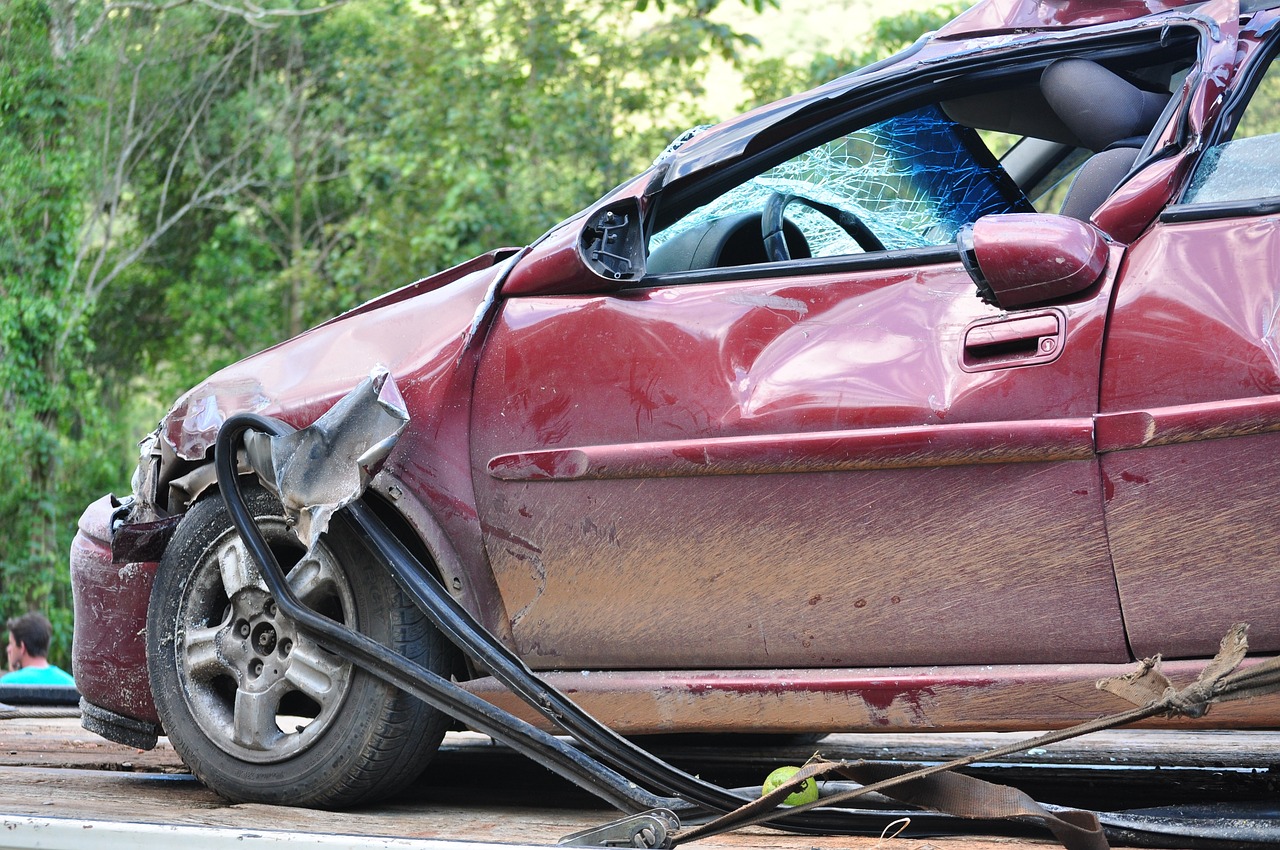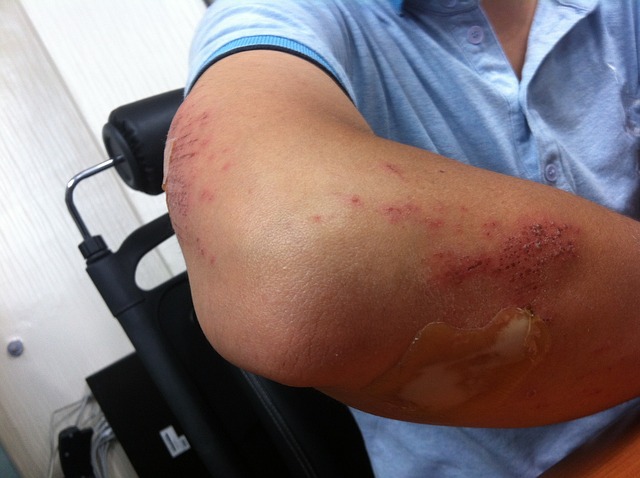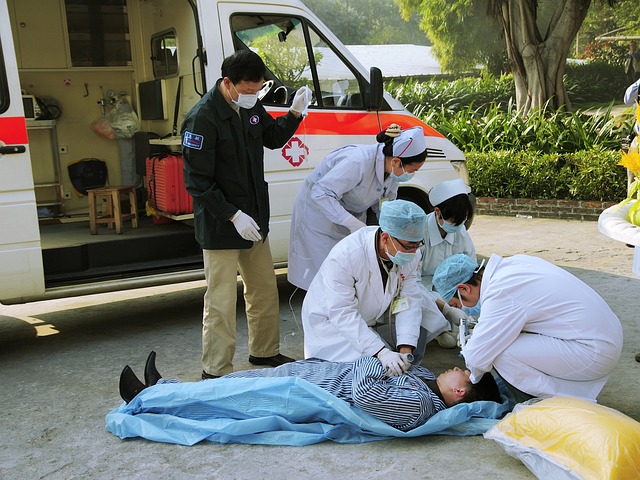Aging is a natural part of life, but it doesn’t mean we have to accept a decline in health and vitality without exploring innovative solutions. In recent years, Selective Androgen Receptor Modulators (SARMs) have gained attention for their potential to support health and vitality in older adults. You can buy Mk677 for sale to help you on your journey towards a healthy and vibrant aging process. In this article, we’ll explore how SARMs can play a role in promoting overall well-being and quality of life for seniors.
Understanding the Aging Process
Aging is a complex process that involves various changes in the body. As we age, we experience a decline in muscle mass, bone density, and hormonal levels, including testosterone. These changes can lead to a range of age-related conditions, such as muscle weakness, bone fractures, and a decrease in overall quality of life. While traditional treatments such as hormone replacement therapy (HRT) may be effective, they also come with potential side effects and risks.
The Role of SARMs in Aging
SARMs, or Selective Androgen Receptor Modulators, are a group of compounds designed to target specific androgen receptors in the body. They offer a more targeted approach compared to traditional anabolic steroids, making them an attractive option for seniors looking to counter the effects of aging. SARMs work by binding to these receptors and activating them in a selective manner, stimulating the growth of muscles and bones while minimizing unwanted side effects.
Here’s how SARMs can promote health and vitality in older adults:
Muscle Preservation and Growth
One of the hallmark effects of aging is the loss of muscle mass, a condition known as sarcopenia. SARMs can help slow down this muscle loss and even promote muscle growth. This muscle preservation not only enhances physical strength but also aids in maintaining mobility and independence.
Bone Density Improvement
Osteoporosis, characterized by weakened bones that are prone to fractures, is a significant concern for seniors. Some SARMs have shown the potential to increase bone density, reduce the risk of fractures, and promote overall bone health. This effect may be particularly beneficial for older adults who are at a higher risk of falls and fractures.
Increased Strength and Endurance
Aging often brings a decrease in strength and endurance. SARMs can help older adults regain strength, improving their ability to perform daily tasks and engage in physical activities, ultimately contributing to a higher quality of life.

Enhanced Mood and Well-Being
SARMs may have a positive impact on mood, reducing feelings of fatigue and depression that can often accompany the aging process. Improved mental well-being is vital for maintaining a high quality of life in older adults. Additionally, SARMs may also help with weight management by increasing metabolism and reducing fat mass, which can further contribute to overall health and vitality in older adults.
Hormone Regulation
As we age, hormonal imbalances can contribute to various health issues. SARMs may help regulate hormonal levels, including testosterone, which can have a significant impact on energy levels, sexual function, and overall vitality.
In Conclusion
Aging is an inevitable part of life, but it doesn’t mean we have to accept a decline in health and vitality without exploring available options. SARMs offer a promising avenue for promoting health and well-being in older adults by addressing muscle loss, bone density, strength, mood, and hormonal balance. However, it’s crucial to use them responsibly, under the guidance of a healthcare professional, to maximize their potential benefits while minimizing any risks. SARMs have the potential to empower seniors to lead active, healthy, and vibrant lives well into their golden years.…



